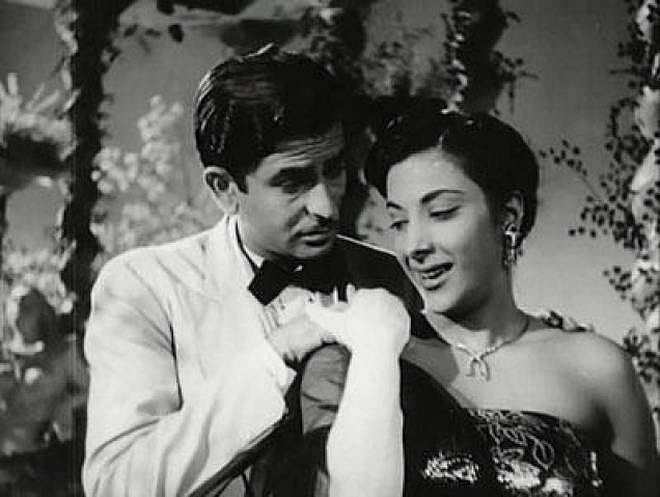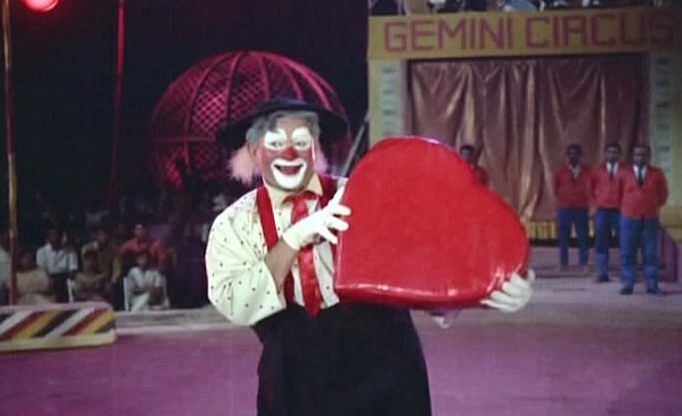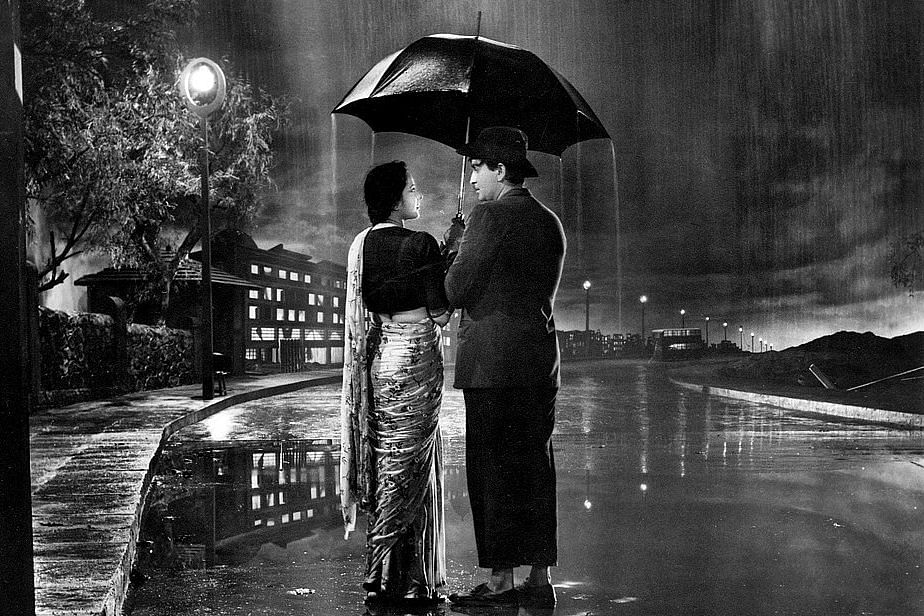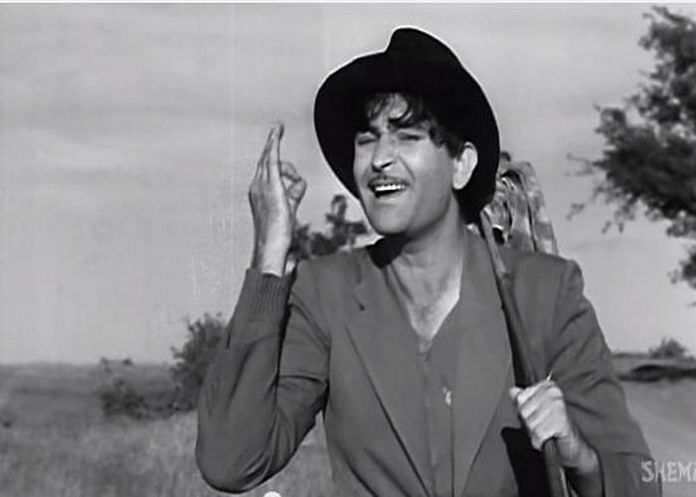Apart from his popularity in the former Soviet bloc countries, Raj Kapoor’s place in history is firm for his work — both great and controversial.
The ‘greatest showman of Hindi cinema’, Ranbir Raj Kapoor, may seem an aberration to today’s film-going audience.
A star among the famed triumvirate, one of India’s greatest directors and a sensation in the former Soviet bloc countries, Kapoor defied industry logic and charted his own path.
On his 94th birth anniversary, here’s a look back at the career of the Padma Bhushan awardee.
Entry into Hindi cinema
Kapoor was born on 14 December, 1924 in a Pathan-Hindu family in Peshawar (now in Pakistan) to Prithviraj Kapoor and Ramsarni Devi Kapoor. Raj was the blue-eyed boy of the Kapoor clan who quit his studies as a teenager to work as an assistant producer in a studio.
In 1935, Kapoor made his debut at the age of 10 in Debaki Bose’s Inquilab. A few years later, he joined his father’s company, Prithvi Theatre, where he worked as an actor and also as the backstage manager.
Kapoor acted in several films before making it big with a lead role in 1947’s Neel Kamal alongside Madhubala.
He became the youngest director of his time after establishing his own production R.K. Films in 1948. At 21, he had already directed and acted in his first major film Aag. Its success established him as a force to be reckoned with. It also gave him an impetus to produce Barsaat, one of the most successful films of the decade.
Also read: Prithviraj Kapoor, the monarch of Hindi cinema and titan of stirring theatre
A new course
His career peaked with his own directorial Awara (1951), a landmark film for its story and the treatment of the subject. Kapoor’s flawless performance, apart from its appealing music, made the film a sensation not only in India, but throughout the Arab world and in the erstwhile USSR as well.

The popularity of its song, ‘Awara Hoon’, reverberates across China, Russia, Turkey and other Asian countries till date.
With Kapoor’s films, Hindi cinema’s popularity peaked in the USSR. Nimai Ghosh’s Chinnamul was the first film to be released there but it was the Chaplinesque roles of Kapoor that struck a chord with the audience.
Throughout his socialist oeuvre, Kapoor became a symbol of optimism for the audience.
With his comical walk and goofy smile, he portrayed innocent do-gooders and hopelessly romantic characters, be it in Shree 420 (1955) or Jis Desh Mein Ganga Behti Hai (1960), or the several others he directed or acted in.
Of his directorial ventures, two remain milestones in Hindi cinema. In Mera Naam Joker (1970), Kapoor experimented with the narrative style and the end result was a film that was close to over four hours (including two intervals). In Bobby (1973), a launch vehicle for his son Rishi Kapoor, Kapoor ended up creating a formula for love stories that’s followed till date.

Sensuality in his cinema
Several of his other directorial ventures were oddly seen both as progressive and commercialised due to his depiction of romance and sensuality.
From Vyjayanthimala seducing her husband in Sangam to a saree-clad Mandakini dancing about a waterfall in Ram Teri Ganga Maili, Kapoor was unabashed in the way he filmed his female leads. He faced criticism that beneath the thin veneer of progressive attitude towards sex and nudity was a filmmaker’s commercial desire to titillate his audience.
However, Kapoor’s films, despite their obvious ‘showcase’ element, never shied away from projecting the realities of the society.
Also read: I always had a soft spot for Shashi Kapoor, I remember his eyelashes: Sharmila Tagore
Personal life
In his half-a-century-long career, he was linked to several of his co-stars, including Nargis, Padmini and Vyjayanthimala.

He also spawned the most illustrious film family in Mumbai with stars across generations, the latest being Ranbir Kapoor. The Kapoor family is often referred to as ‘Bollywood’s First Family’.
From the early 1980s onwards, Kapoor suffered from asthma and his condition worsened with age.
In 1987, while receiving India’s highest film honour, the Dadasaheb Phalke Award, he collapsed on stage and had to be rushed to the hospital.
He died on 2 June, 1988. His rich, often controversial, legacy, however, remains.




